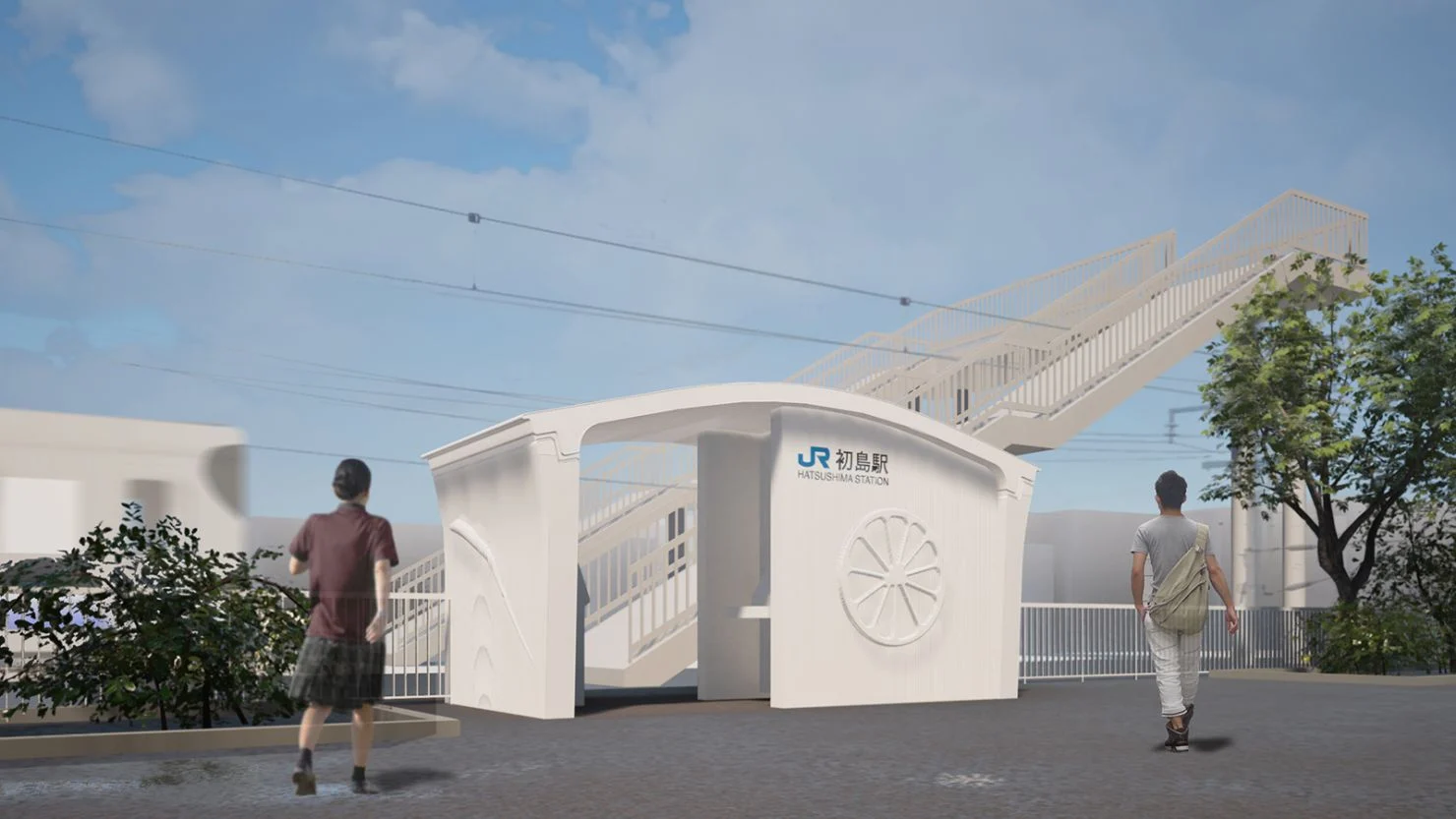Blog Credit: Priyanka Rana
XRISM MISSION
The X-Ray Imaging and Spectroscopy Mission (XRISM), which was formerly known as XARM, is a JAXA/NASA collaborative mission, with ESA participation. The objective of the mission is to investigate celestial X-ray objects in the Universe with high-throughput imaging and high-resolution spectroscopy. XRISM is expected to launch on August 26, 2023 on a JAXA H-IIA rocket.
The XRISM payload consists of two instruments:
Resolve, a soft X-ray spectrometer, which combines a lightweight X-ray Mirror Assembly (XMA) paired with an X-ray calorimeter spectrometer, and provides non-dispersive 5-7 eV energy resolution in the 0.3-12 keV bandpass with a field of view of about 3 arcmin.
Xtend, a soft X-ray imager, is an array of four CCD detectors that extend the field of the observatory to 38 arcmin on a side over the energy range 0.4-13 keV, using an identical lightweight X-ray Mirror Assembly.
Their characteristics are similar to the SXS and SXI, respectively, flown on Hitomi. XRISM is designed to resume and recover most of the the science capability lost with the Hitomi mishap, focusing only on the soft X-ray bands. (Hitomi’s high energy instruments, HXI and SGD, have no counterparts in XRISM.)
NASA/GSFC develops the Resolve detector system and many of its subsystems together with the X-ray Mirror Assemblies. NASA/GSFC is also responsible for the Science Data Center, which is developing the analysis software for all instruments, the data processing pipeline, as well as support of Guest Observers and the XRISM Guest Observer (GO) Program.
The X-Ray Imaging and Spectroscopy Mission (XRISM), which was formerly known as XARM, is a JAXA/NASA collaborative mission, with ESA participation.
The objective of the mission is to investigate celestial X-ray objects in the Universe with high-throughput imaging and high-resolution spectroscopy. XRISM is expected to launch on August 26, 2023 on a JAXA H-IIA rocket.
Their characteristics are similar to the SXS and SXI, respectively, flown on Hitomi. XRISM is designed to resume and recover most of the the science capability lost with the Hitomi mishap, focusing only on the soft X-ray bands. (Hitomi’s high energy instruments, HXI and SGD, have no counterparts in XRISM.)
NASA/GSFC develops the Resolve detector system and many of its subsystems together with the X-ray Mirror Assemblies. NASA/GSFC is also responsible for the Science Data Center, which is developing the analysis software for all instruments, the data processing pipeline, as well as support of Guest Observers and the XRISM Guest Observer (GO) Program.
XRISM will launch on board a H-IIA rocket from Japan’s Tanegashima Space Center. The launch was originally scheduled for Sunday but was postponed due to bad weather, and a new launch date will be announced soon.
“Once XRISM begins collecting data, scientists will have the opportunity to propose sources for the mission to study,” Mihoko Yukita, an astrophysicist at Goddard and Johns Hopkins University in Baltimore, and a member of the team at NASA’s Guest Observer Facility for XRISM. “Researchers from around the world will have access to the cutting-edge work XRISM will be doing.”
Packed alongside the X-Ray satellite is JAXA’s SLIM (Smart Lander for Investigating Moon), a small lunar lander designed to test a new technology for pinpointing a specific landing site on the Moon within a smaller range of 328 feet (100 meters).
Blog By: Priyanka Rana

31
AugXRISM MISSION
Aug 31, 2023Recent Blog
The ITES-QApr 17, 2025
The UPI Circle Of PhonePeApr 16, 2025
Dangerous AI In HealthcareApr 15, 2025
Google’s Iron Wood ChipApr 14, 2025
World’s First 3D Printed Train StationApr 11, 2025





